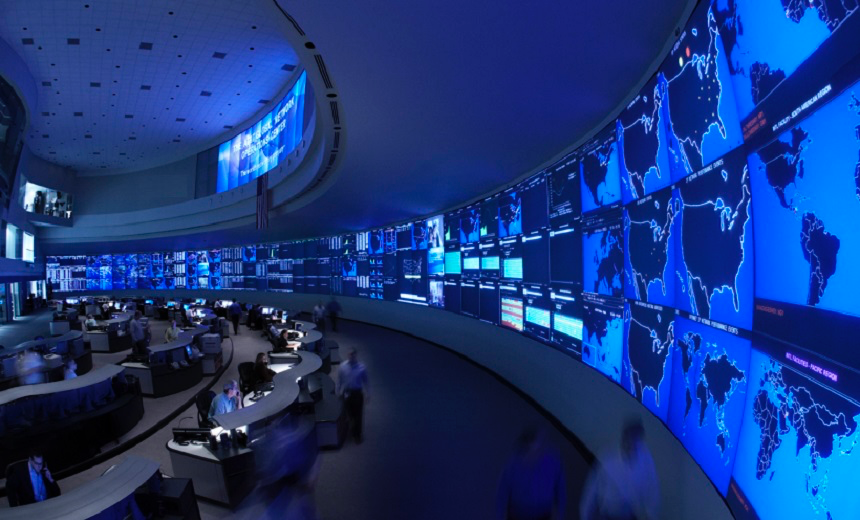No matter how large or small of a corporation a Security Operations Center (SOC) is located in the purpose remains the same. However, as things on the cybersecurity front are changing SOC's and security analysts need to modify their approach to better understand the latest threats and be ready to handle them.
As a unit, the SOC is interested in monitoring traffic within the organization and keeping an eye on things to prevent problems before they occur. While monitoring and log analysis make up the bulk of the SOCs' work routine they can also be involved in vulnerability management and various other services revolving around ensuring the right security measures are in place. The SOC is not the department that will be developing or implementing security protocols, though with their extensive knowledge and experience with traffic and potential threats they can provide valuable insights into these tasks as well.
However, the cybersecurity landscape is changing and also expanding drastically in the modern day. SOCs are now monitoring and evaluating larger amounts of traffic than they have ever had to do before and this is extremely labor-intensive if done manually. Therefore, to optimize this task they are relying increasingly on automation and even AI to detect threats and issue real-time alerts and red flags. Though it still requires quite a lot of human input when it comes to understanding these notifications and taking action on the automatically generated alerts.
To improve what they do and how they do it, this is what modern SOCs can start implementing today.
- More Collaboration
While the SOC is primarily focused on traffic monitoring, the fact that there are so many other things to do can keep them from focusing on this task and actively working towards reducing cyber risks. The process of setting up automated tasks, analytics, and various other functions can be time-consuming. This is why it is a good idea to collaborate with other teams that can handle the extra functions so that the analysts have more time to focus on threat scanning and vulnerability management. Considering that the SOCs operations are a 24-hour activity that happens every day of the year, they need as much time as they can get to dedicate to their specific function of monitoring.
- Manage Alerts
One of the other main things that the SOC does is that it consolidates a lot of the information generated throughout the system into one place. This means that SOC analysts are looking at a lot of alerts that aren't relevant to their work and if they happen to look into them, they might not be the best people to understand these alerts and develop a course of action based on that information. Therefore understanding and responding to alerts should be done by the right people so that the analysts can focus on the notifications that are relevant to them.
- Manage Cases
Individual alerts have little significance and only show a part of the picture, to get the whole image it is important to understand them in their context and also to look at other relevant information. Therefore, alerts must be sorted and grouped in a way that they make sense and are providing useful information.
However, even with all of these steps, it can sometimes be difficult to trace down the root cause even when you have identified the problem. No matter how well you can manage the effects of the problem, if you can find and resolve the underlying cause then you will be spending all your time simply managing problems without resolving and eliminating any. Analysts should look at traffic and the health of the environment but their focus should be on finding the origin of a problem and resolving that matter in a way that the same problem doesn't surface again.



 714-333-9620
714-333-9620